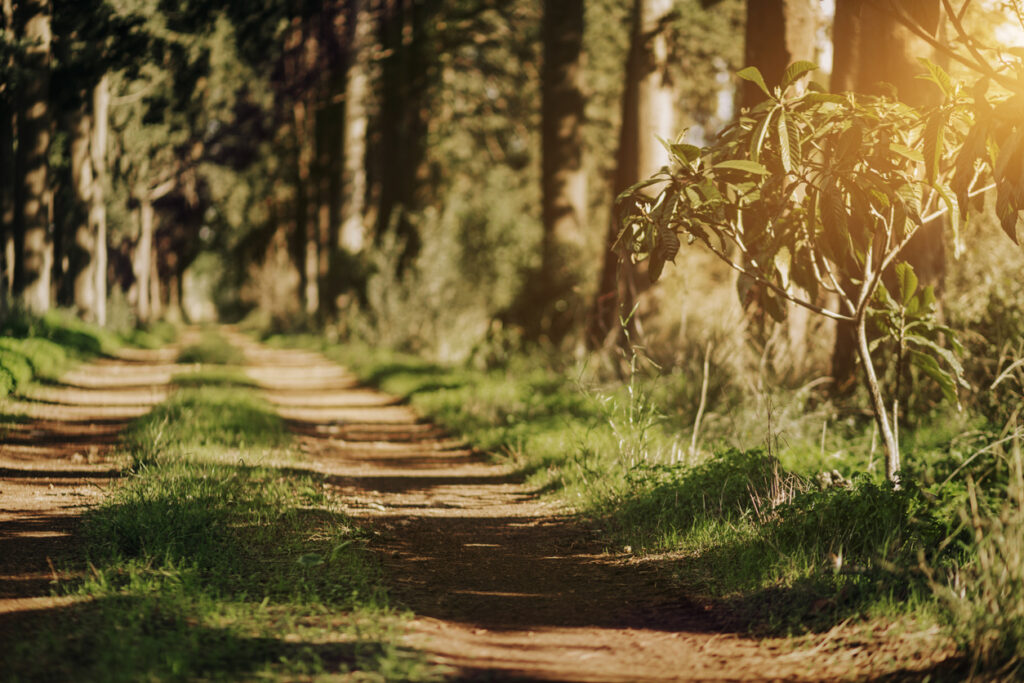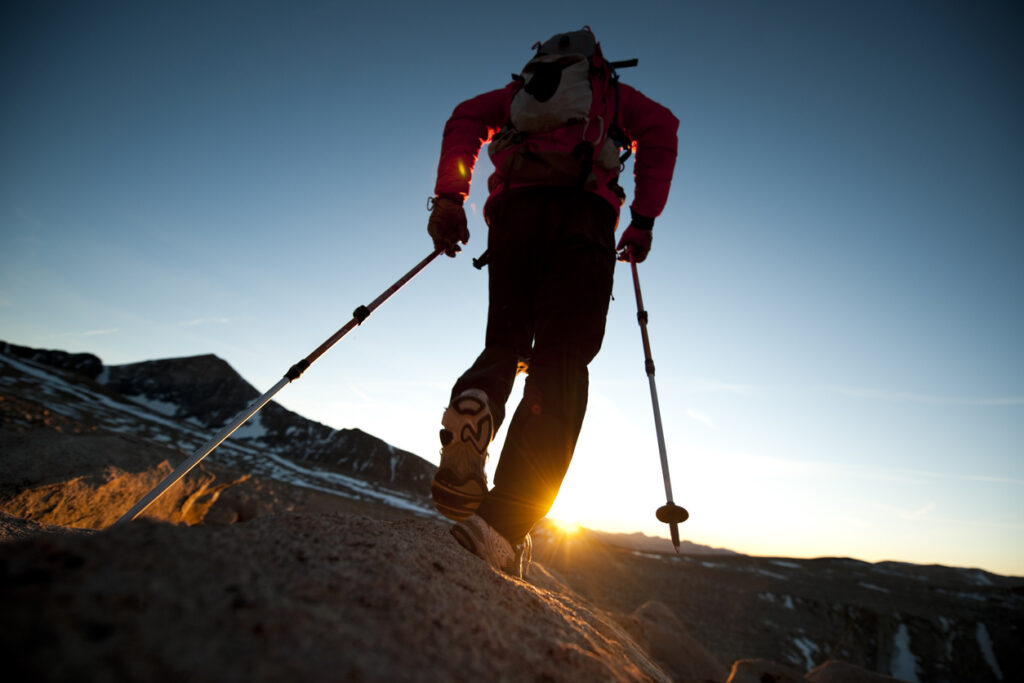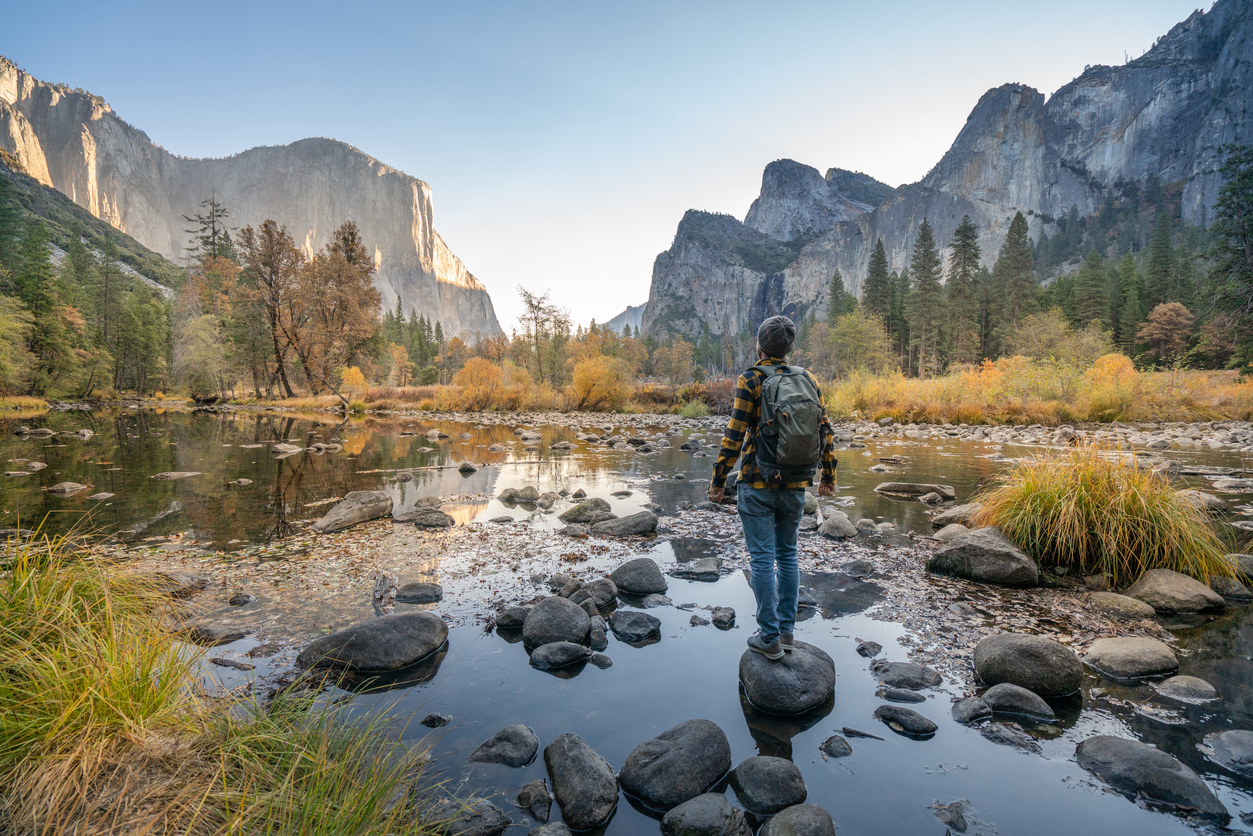A practical guide to trekking California’s John Muir Trail
Open Access proceedings Journal of Physics: Conference series
You rub your eyes to make sure it’s real: a 360-degree view of a sea of granite and snowcapped peaks from atop the continental US’s highest point. You see creeks flowing from mountaintops down to alpine lakes, with the path you just hiked meandering its way through it all, out of breath and legs tingling from the climb.
The John Muir Trail is unlike anything else on the planet. What would it take to complete this world-famous trail with a total elevation gain of over 46,000 feet, six high-elevation mountain passes, and three national parks? A sense of awe – and a desire to learn more.
What To Expect

Almost every afternoon, thunder and lightning are a possibility. It is highly recommended to remain at lower elevations if possible, between 3 and 6 p.m. This range creates its own weather, even though the weather forecast calls for clear skies. “There are two seasons – winter and July,” there is also a saying. To put it another way, snow will fall at any time of the year. In a typical winter, every pass will be blanketed in snow.
What you bring with you determines where you sleep. For comfort and protection, a tent, sleeping pad, and sleeping bag are all needed. There are a few permanent lodging options, including the John Muir Lodge, Vermillion Valley Resort, and a few towns in the area. Most hikers take breaks from the trail to resupply and take advantage of the facilities of a hotel or other accommodation.
Preparation

Your exact dates would definitely depend on how the permit process unfolds, regardless of when you choose to make the trek. The best time to visit is from late July to early September, when the passes are less snowy and the summer sun is shining brightly.
Many hikers prepare for their hikes by trail running, but even a quick jog around the block with weekly mileage increases will help you prepare for your hike. Muscle tears are the most common cause of injury, followed by blisters, insect bites, and fatigue. Stretching can help avoid muscle tears. While mental preparation is important, almost everyone can achieve the right mindset for the JMT.
Surprisingly, hiking the trail needs very little experience. You’ll cross passes over 13,000 feet at times, but don’t overthink it; you’re only walking with a backpack on your back. Basic map reading and first-aid skills are recommended, but the most important skill is a thorough understanding of your gear.
A backpack with several liters, a warm and lightweight sleeping bag, a sleeping pad, a three-season tent, and a water purifier are the essential pieces of outdoor gear for survival. Rain gear, base layers, bug spray, a camp stove, a hat, sunglasses, sun screen, trekking poles, extra socks, trail shoes, a bear canister (to protect your food), and a camera are all needed. Pack as light as possible; the heavier your pack, the slower you will travel.


